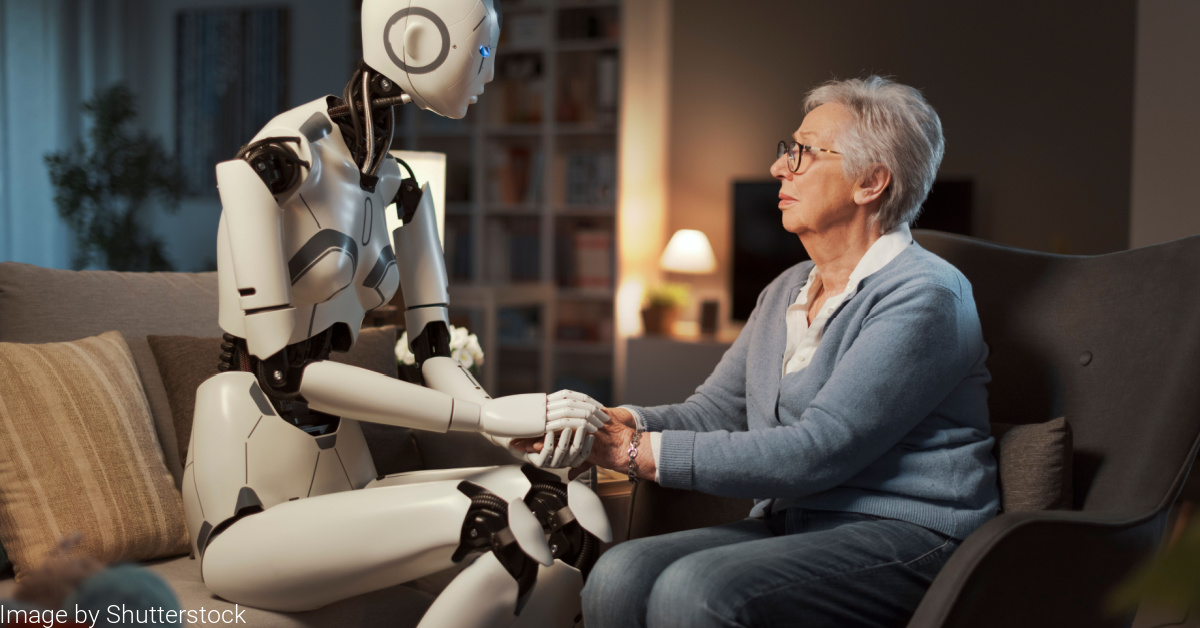Humanoid robots that revolutionized AI
- August 7, 2023
- Posted by: Aanchal Iyer
- Category: Artificial Intelligence

Almost a decade ago, the Pentagon’s Defence Advanced Research Projects Agency set up a contest comprising robots slowly struggling to complete a series of human tasks, such as opening doors, operating power tools, and driving golf carts. Images of those robots stumbling soon went viral.
Those hapless robots have now been replaced by humanoids that could, in just a few years, find employment in factories and warehouses. Developments in Machine Learning (ML) over the past decade, have made advanced computer vision possible. It’s a lot easier for machines to navigate environments and perform tasks such as holding objects and climbing stairs. More powerful batteries, which are a result of electric vehicle development, have also made it possible for a humanoid robot to move its legs quickly enough to balance dynamically.
Use of Humanoid Robots
A humanoid robot is just like a human body in shape. Such robots are professional service robots apt for customer service and the operation of human tools. They are also great for maintenance and inspection. Following are some of the areas where humanoid robots are being used:
- Hospitality: Humanoid robots, like Kime, are pouring and serving customer drinks and snacks at self-contained kiosks in Spain.
- Education: Humanoid robots Nao and Pepper are working with students in educational settings, teaching programming and creating.
- Healthcare: Other humanoid robots are offering services in healthcare settings, such as communicating patient information and measuring vital signs.
The Top Humanoid Robots
The latest iterations of humanoid robots can talk, walk and express a wide range of emotions just as humans. In this article we will discuss the top humanoid robots, revolutionizing AI.
Sophia
Created by Hanson Robotics in 2016, Sophia is the first robot to attain citizenship in any country. This humanoid robot specializes in tending to the elderly. She is also best at managing crowds at big events.
Grace
Grace, also created by Hanson Robotics supports the elderly in the early phases of degenerative brain disease. She uses Artificial Intelligence to diagnose the patient and can speak Cantonese English, and Mandarin.
Nadine
Nadine is an empathetic robot that makes eye contact, returns greetings, and remembers previous conversations. She is a human-like robot with mood, personality, and emotions. The humanoid robot can recognize one from their previous visits, make eye contact, shake hands, continue chats depending on previous meetings, and so on. She has a microphone, 3D depth cameras, and a webcam to gather visual and audio inputs.
Geminoid DK
This humanoid robot is in fact a realistic twin of Henry Scharfe, a professor at the University of Aalborg. It is the newest iteration of the Geminoid series of ultra-realistic androids. This humanoid robot is a result of a collaboration between a private Japanese firm and Osaka University. It took over nine months to design the Geminoid DK. Henry Scharfe’s overall appearance, his behavior, and even the way he shrugs have been fed to the robot, and Scharfe also donated strands of his own hair to be used in Geminoid’s wig. This bot is very realistic and the main purpose of this creation is to make the humanoid look like a human.
Junco Chihira
This humanoid robot by Toshiba works full-time in a tourist information center in Tokyo. Earlier, Junco Chihira could respond only with a scripted pre-set speech, but now has speech recognition capabilities, and can respond to tourists’ questions.
Jia Jia
Jia Jia is China’s first humanoid robot created by the University of Science and Technology research team in China. This astounding beauty can make normal conversations with people with microbial facial expressions with the help of facial recognition technologies and speech-generation algorithms.
Han
Han primarily focuses to help people find contentment and uses multiple cameras and voice recognition technology to converse with people and observe the environment. His area of specialization lies in hotels or customer service positions.
Robot Shalu
Robot Shalu is a multilingual, artificially intelligent, educational, and social humanoid robot that teaches 6 subjects in 47 different languages. Dinesh Kunwar Patel, a Computer Science teacher from Mumbai is the designer.
Atlas
Atlas is the world’s most dynamic humanoid robot, that deals with dangerous tasks such as rescue and search missions. The funding of the robot is by U.S. Defence Advanced Research Projects Agency and the creator is Boston Dynamics.
Desdemona
Desdemona is a humanoid robot created by Hanson Robotics and programmed to create spoken poetry in response to cultural references and music.
Conclusion
The use of humanoid robots is growing and the development costs are high; however, the sector will grow. The humanoid robot market currently at $1.5 billion is set to increase to more than $17 billion over the next five years according to a research by MarketsandMarkets firm. Humanoid robots with greater AI capabilities and human-like features will be able to take on more duties in the service industry, education, and healthcare as AI advances.
It is not clear how well humanoid robots will integrate into society and how well humans will accept their help. Either way, humanoid robots will have a tremendous impact, and fortunately, there are some amongst us that we can bank on for guidance.
